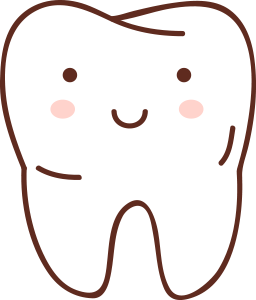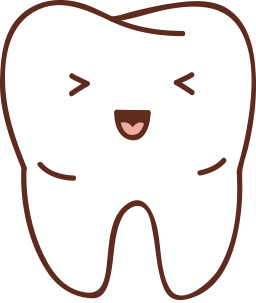Sometimes it’s difficult to make sense of the bills you get from your dentist. If you have dental insurance, the bill may be broken down to indicate your type of plan, whether the service you received was in or out of your plan’s network, any co-pays that are due, dental procedure codes, and other information.
If you have a dental savings plan, your bill will be easier to read – you’ll see the procedure codes, and the amount due, plus the discounted rate. Or sometimes the dentist will just put the reduced price that you’re paying as a plan member.
If you need more complex procedures such as a root canal, crowns, multiple extractions or restorative work, after you get a checkup and x-rays your dentist will present you with what is known as a “Treatment Plan.” You should review the plan, make sure you understand everything listed, and check the prices listed to ensure everything is as expected. Since you’ll usually see a treatment plan before you see bills, we’ll start here:
Understanding a Treatment Plan
A treatment plan outlines the name of the procedures your dentist recommends as well as how many times the procedure needs to be done, if applicable.

Example: Extractions 6x
Would indicate that you need six teeth removed.
The treatment plan typically includes the fees your dentist will charge you for each procedure listed. Dentists provide treatment plans so that you know exactly what needs to be done to correct an oral health problem, and how much it will cost.
On your treatment plan, you’ll also a code number. These are Dental Procedure Codes (also known as “ADA Codes”) – these are numerical codes that are used by insurance companies, health care professionals and government agencies to help ensure consistency in dental records.
There is a code for every common procedure.

Example: D5110: Complete denture – maxillary.
The above is for a full dentures to replace your upper/top teeth.
We’re not linking to a comprehensive list of codes here as the most up-to-date versions are typically available only with a subscription or app purchase.
Typically, dental insurance plans require pre-authorizations to determine if your treatment will be reimbursable. But with your dental savings plan, there is no need for pre-authorizations. Should you have questions about ADA codes, pricing or other concerns, , you can call the DP AtYourService Team at 1-800-494-9294 for answers to any questions you may have about your dental care treatment plan, bills, or ADA codes.
See how much you can save with a dental savings plan.
Use our calculator below >
Understanding Your Dental Bill
If you received a treatment plan, your bill will reflect those charges and procedures. You can refer to your treatment plan for supporting documentation.
You should review your bill once your treatment is completed. If you see anything on the bill that isn’t clear, your dentist or the dental practice’s staff can clarify – it’s easier to get it sorted out right then, when the details are fresh in everyone’s mind..
Because you have a dental savings plan, there is no co-pay. Your bill may show the discount you’ll receive with your savings plan. Your dentist may apply one discount to the total of the bill, like this:

Example: Total: $1,000 with 20% discount – $800
Or, if the discount you’ll receive for each procedure varies, each item listed on the plan or your bill may be separately discounted, with the discounted total listed at the bottom of the bill, like this:

Example:
6x extractions, $150 x 6 = 900, less 20% discount $180, $720.00
Partial denture, $850, less 15% discount $127.50, $722.50
Total due: $1,442.50
Paperwork is never fun, and much less so when you’re concerned about health issues or sizable bills, or just had a dental treatment and are feeling a little foggy. Our best advice is to ask questions about anything that isn’t clear to you. The sooner you ask, the sooner the issue can be resolved.
If you have any questions about your dental bills, you may call our :DP AtYourService Team at 1-800-494-9294. We will be happy to assist you.

